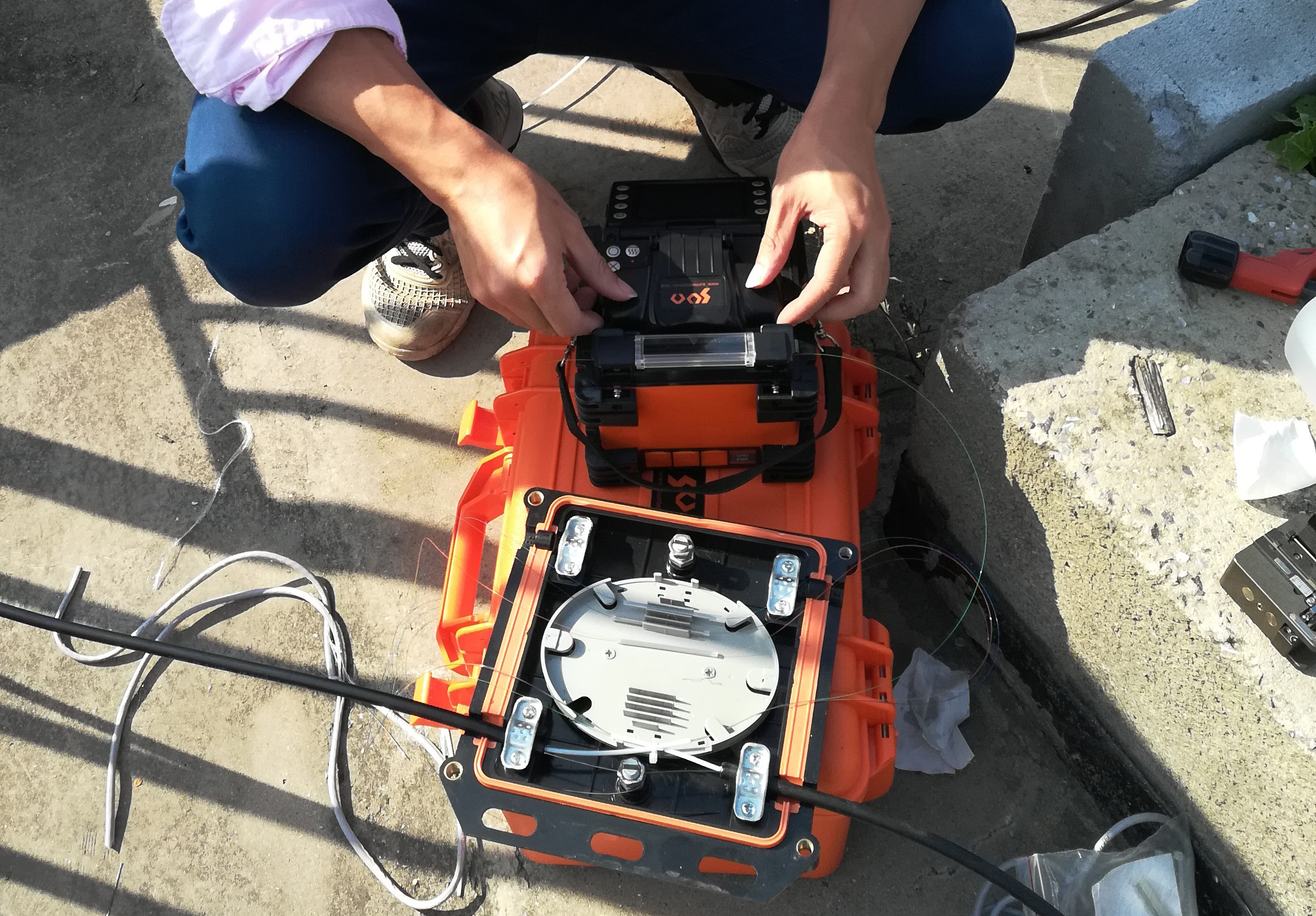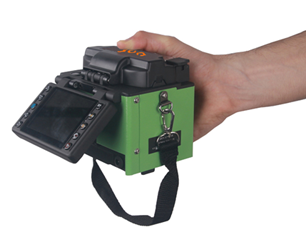

To get the best experience for our site, we recommend you upgrade to the latest version of Internet Explorer, or select another web browser, a list of the most popular web browsers can be found below
You can download the main browser here:
 Position :
Home>
News & Tutorial
>Products
Position :
Home>
News & Tutorial
>Products
Date: 2017-11-09 14:27:12
When installing fiber at an MDU (multi-dwelling unit), technicians have a few choices for the type of cable they choose. The most important choice is whether to use field-terminated or pre-terminated cable. Both have their strengths and weaknesses, but we find pre-terminated cable is almost always the best choice.
In this article, we'll discuss the pros and cons for pre-terminated versus field-terminated cable when it comes to cost, installation skills and excess materials.
Cost Difference between Methods
Many network operators choose to use pre-terminated cable because it eliminates the need for timely and expensive fusion splicing. Since fusion splicing is a complicated process for a technician working in the field, it requires more skill. This means service providers need to spend more time and money training technicians, while pre-terminated cable requires minimal training and equipment. Technicians only need to learn how to run a cable and plug it in – leading to quicker and simpler installations.
Pre-terminated cable also costs less than low-performance mechanical connectors. The major advantage of connectorized cables is that the quality of a laboratory-terminated connector is able to meet the highest standards of polish and geometry as well as the best optical performance levels without the splice losses associated with field-fit connectors. The international standard applicable to these products is IEC 61753 and all reputable termination houses can supply fully compliant products. The applicable measurements are insertion and return loss respectively.
Skills Needed for Installation
It takes far less time for a technician to complete an installation using a pre-terminated cable because the cable doesn’t need to be spliced. While fusion splicing offers comparable performance to pre-connectorized fiber, it’s time-consuming and requires specialist equipment and experienced engineers to carry out the practice. It also offers little by way of future-proofing since splicing fibers together is a fixed and permanent solution. It doesn’t allow for re-patching or replacing in such scenarios as relocating customer terminals or swapping out damaged drop cables.

Fusion splicing involves using localized heat to melt or fuse the ends of two optical fibers together. Typically, an engineer will strip off the cable’s protective coating to get at the fiber itself. Once the fiber has been exposed it is cleaned with isopropyl alcohol or other suitable cleaning agent before being inserted into a device called a fusion splicer. The device lines the fiber ends up and welds them together.
With a pre-terminated solution, the cable just needs to be routed properly through the building. This type of installation is much easier and the likelihood of craft errors decreases.
Dealing with Excess Ccable
With fusion splicing, there is no concern over excess cable when the process is complete. While there is almost always excess cable leftover from installations involving pre-terminated cable, the cable can be ordered in many different lengths to help minimize the amount of slack after installation.
The right materials make slack storage an issue of the past. Excess cable can be mitigated by using a small pushable cable that can coil into as small a diameter as possible for storage. The coil of excess fiber can easily fit into specialized house boxes that hold a wide range of cable lengths. No matter the type of fiber cable, it’s always best to have a few feet of slack in case a repair needs to be made.
Fusion-spliced cable has its advantages, but pre-terminated cable is almost always the preferred method for many reasons. The most obvious ones are how quick and easy it is to install, and the cost-savings from hiring less-experienced technicians. While pre-terminated cable leaves you with excess length, the proper house box can mitigate excess cable in nearly all instances.
Sun Telecom provide FTTH solution with pre-terminated fiber cable and customizable fiber cable management.
 Position :
Home
>Products
Position :
Home
>Products

When we perform fiber optic splicing works in the field, travelling light is often a good decision
Learn More ics@suntelecom.cn
ics@suntelecom.cn  +86 18964888554
+86 18964888554
 Building No.145, Lane 666 Xianing Road, Jinshan Industrial Zone, Shanghai 201506, China
Building No.145, Lane 666 Xianing Road, Jinshan Industrial Zone, Shanghai 201506, China
Copyright ©1989-2025 ALL Rights Reserved
ICP (Shanghai) Number: 13005159